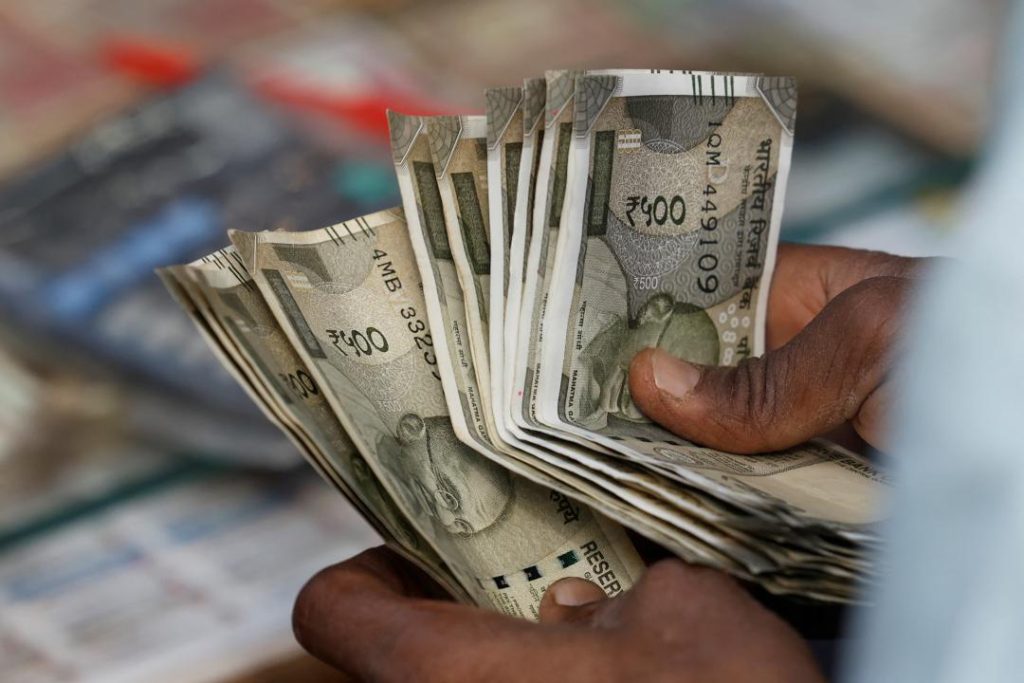
What Got Cheaper & Costlier in March as CPI Falls to 67-Month-Low of 3.34%?
India’s retail inflation, measured by the Consumer Price Index (CPI), has fallen to a 67-month-low of 3.34% in March 2023, according to the latest data released by the Ministry of Statistics and Programme Implementation. This decline in inflation is a welcome respite for consumers, who have been facing the brunt of rising prices in recent years. But what does this mean for the prices of everyday essentials? Let’s take a closer look at what got cheaper and costlier in March.
What Got Cheaper:
The prices of eggs, vegetables, and pulses saw a considerable decline in March. This is a significant development, as these staples are a crucial part of the average Indian’s diet. The prices of eggs, which had been rising steadily over the past few months, fell by 1.4% in March. Vegetables, which had seen a marginal rise in February, declined by 0.8% in March. Pulses, which had been under pressure due to supply chain disruptions, fell by 2.1% in March.
Spices, meat, fish, and housing costs also saw marginal declines in March. The prices of spices, which had been rising due to the ongoing conflict in Ukraine, fell by 0.4% in March. Meat, fish, and poultry products, which had seen a rise in prices in recent months, fell by 0.3% in March. Housing costs, which had been under pressure due to high construction costs and infrastructure development, saw a decline of 0.1% in March.
Recreation and amusement costs also saw a marginal decline in March. The prices of cinema tickets, which had been rising due to the success of Bollywood films, fell by 0.2% in March. The prices of sports equipment, which had seen a rise in prices due to the popularity of outdoor activities, declined by 0.1% in March.
What Got Costlier:
Fruit prices saw a significant jump in March, with the prices of apples, bananas, and oranges rising by 2.5%, 2.3%, and 2.1%, respectively. This is not surprising, given the ongoing disruptions in global supply chains and the impact of unseasonal weather events on crops.
Prices of cereals, milk, oil, sugar, confectionery, clothing, snacks, sweets, pan, tobacco, footwear, fuel, and health and education costs also saw marginal rises in March. The prices of cereals, which had been under pressure due to the ongoing drought in several parts of the country, rose by 0.2% in March. Milk prices, which had seen a decline in February, rose by 0.1% in March. Oil prices, which had been under pressure due to the ongoing conflict in Ukraine, rose by 0.2% in March.
What Does it Mean?
The decline in retail inflation to a 67-month-low of 3.34% is a welcome development for consumers, who have been facing the brunt of rising prices in recent years. The decline in prices of essential commodities like eggs, vegetables, and pulses is a significant relief for households, who had been struggling to make ends meet.
The marginal declines in prices of spices, meat, fish, and housing costs are also a positive sign, as they indicate that the economy is stabilizing and the pressure on prices is easing.
However, the significant jump in fruit prices is a cause for concern, as it indicates that global supply chain disruptions and unseasonal weather events are still having an impact on the economy.
Conclusion:
The decline in retail inflation to a 67-month-low of 3.34% in March is a welcome development for consumers, who have been facing the brunt of rising prices in recent years. The decline in prices of essential commodities like eggs, vegetables, and pulses is a significant relief for households, who had been struggling to make ends meet. However, the significant jump in fruit prices is a cause for concern, as it indicates that global supply chain disruptions and unseasonal weather events are still having an impact on the economy.
As the economy continues to evolve, it will be important to monitor the prices of essential commodities and ensure that households have access to affordable food and other essentials. With the government’s efforts to stabilize the economy and improve agricultural production, there is hope that the prices of essential commodities will continue to decline and the economy will continue to grow.
Source:






